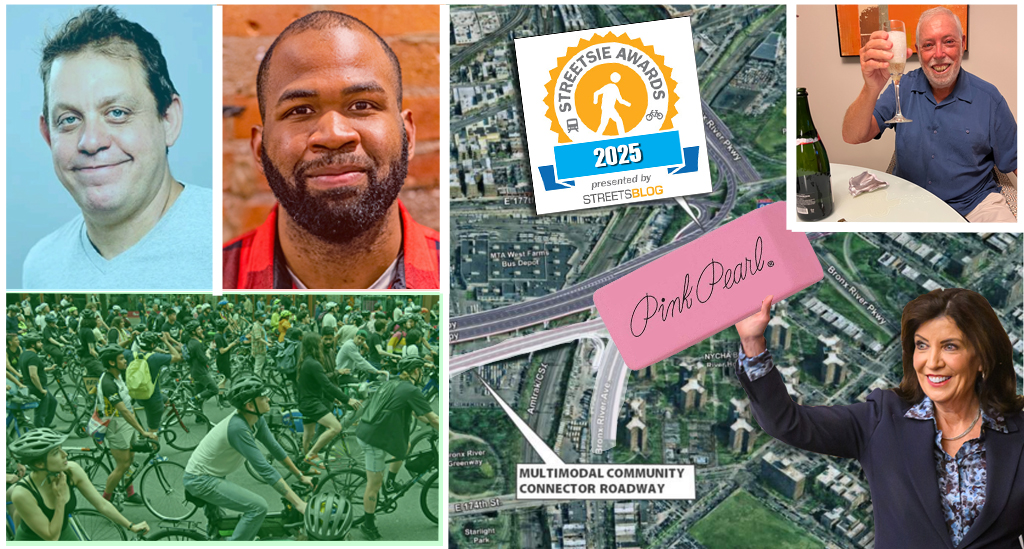 How respondents replied to the following statement: "My community would benefit from an expanded and improved public transportation system, such as rail or buses." (Chart: T4A)
How respondents replied to the following statement: "My community would benefit from an expanded and improved public transportation system, such as rail or buses." (Chart: T4A)Despite the frequent reluctance of rural lawmakers to support more federal investment in transit, a majority of rural and urban voters alike believe their home towns would gain from a local transit expansion, according to a new poll released today by the infrastructure reform group Transportation for America (T4A) and the Natural Resources Defense Council (NRDC).
When asked if increased transit investment would help their community, 69 percent of poll respondents answered in the affirmative, including 74 percent of suburbanites and 55 percent of rural residents. Those numbers decreased for a separate question that asked whether transit should get more federal funding, but a majority of voters from both suburban (59 percent) and rural (50 percent) areas remained supportive.
The survey, conducted four weeks ago by pollsters from both GOP- and Democratic-aligned firms, also sought to gauge public consciousness of U.S. transportation spending patterns. When respondents were asked what share of federal transport dollars they thought should go to transit, the mean answer was 37 percent. Transit's actual share is about 19 percent.
David Metz of Fairbank Maslin Maullin Metz & Associates, one of two pollsters who worked on the survey, told reporters that its conclusion was clear: "Americans want more transportation options than they have today," he said. "The vast majority of Americans say they have no choice but to drive as much as they do and that they would like to drive less."
Lawmakers in the House and Senate have made positive predictions recently about the fate of the six-year transportation bill offered last June in the lower chamber. Indeed, T4A depicted its poll as a valuable messaging tool in the wake of Sen. George Voinovich's (R-OH) extraction of a vow from Democratic leaders to take up long-term infrastructure legislation before 2011.
But the lack of a sustainable revenue source to pay for that long-term bill, expected to cost upwards of $450 billion, continues to hamstring the effort. Few if any observers of the Washington transportation debate view a new bill as politically feasible in 2010, particularly given the opposition of both the White House and Congress to increasing the gas tax while the recession still looms.
Should this month's stirrings of possible momentum for a new bill grow stronger in recent months, the T4A poll offers green groups, social-equity advocates, and other pro-reform interests valuable insights on how to sell voters on a more transit-focused six-year bill.
Given the option of endorsing several arguments in favor of spending more on transit and bike-ped infrastructure, survey respondents were most strongly swayed by a narrative that the pollsters billed as "Accountability," which was associated with the following statement: "Government officials must be held accountable for how our transportation tax dollars are spent. We cannot afford to build more roads while existing roads are in disrepair."
More than half of polled voters found the "Accountability" argument very convincing, with three other narratives -- focusing on greater access for lower-income populations, the public health upside of bike-ped spending, and the absence of a 21st-century transportation network -- running behind.
The poll also suggested that voters would be receptive to a greater reliance on local taxes and fees to leverage federal transportation funding.
Asked if they would support a transit expansion in their community that required tax increases, 51 percent of poll respondents expressed either strong or moderate support, with 46 percent either strongly or moderately opposed. The share of voters strongly opposed to local taxation for transit (32 percent), however, topped the share that strongly supported those taxes (24 percent).
The margin of error for the poll, whic surveyed 800 registered voters, was about 3.5 percent.





